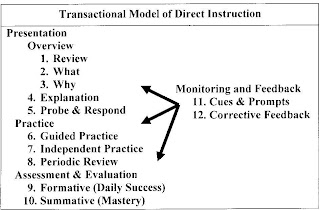We are finishing the semester of Methods of Teaching. It is exciting and sad at the same time. I enjoyed learning new methods and strategies how to teach students. I never realized how many methods there actually is. I have learned how I can differentiate my methods to help work with each students' individual needs, for each and every lesson.
I have noticed a change within myself since the beginning of the semester. I feel more confident with all the work I have put into lesson plans of different types. I have learned how to make lessons fun while still adhering to the standards. Also, I have gained confidence through teaching at fieldwork.
I have grown as a person and as a future teacher. I have a new outlook on how to work with elementary students. I have seen what works and does not work because of peer suggestions and from what I have tried during my fieldwork. It is amazing to find out what actually goes on "behind the scenes" for a teacher. I have learned from creating my lesson plans how much preparation goes into just creating a lesson based on one idea or skill. Teachers must stick to standards while addressing the needs of all the students to create a fun lesson that helps students learn.
This semester has been tough. This class especially challenged me. The challenge feels good, especially now that I look back and realize everything I learned through my experiences. The hard work is worth it. I learned so much about how to be a great teacher while presenting students with different technological experiences to keep them interested. The work has paid off. I have learned so much about how to be a great teacher who reaches out to each and every student. This journey has been very far from what I expected. I cannot believe how much I have learned in class from doing my assignments and learning from my peers. I will take what I know now to the rest of my classes and to when I have my own classroom.
I feel that this diagram really describes what learning needs to be about. Students should work together, think critically, and come up with different options to solve problems. Of course, technology must be incorporated too. This will help create an environment for students to flourish. These skills will help students throughout their lives. I think it is so important for every teacher to realize how students learning has evolved and different approaches need to be taken to help each and every student do their best.
















